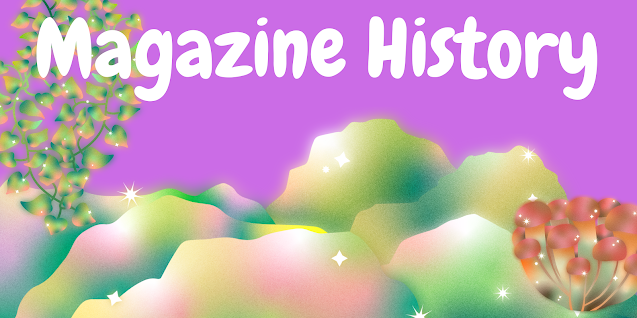Preliminary Task

Preliminary Task Blog A double page spread, I tried to make the headline symmetrical on both sides at a 90-degree angle. I played around with different text colors and sizes, and decided a lot of color worth pop would fit nicely for the look I am trying to accomplish. I also decided I'd prefer to have whatever photo I may choose to be right where it can stand out, so I placed the theoretical one blown up completely covering the left page. Some key elements of my design include: Contrasting colors Good amounts of white space for a sophisticated look Blown up headline and main image





